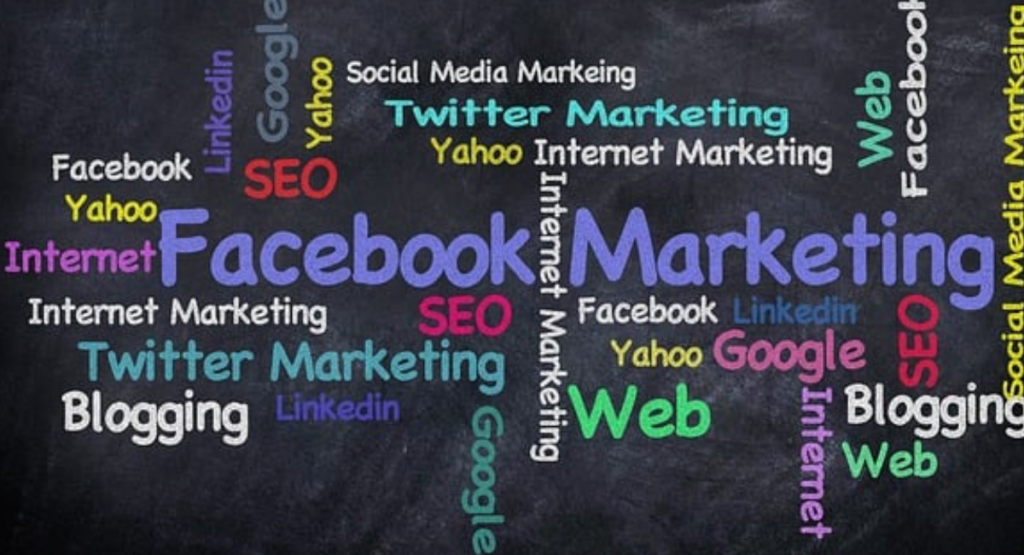I. Introduction
A. The Role of Social Media in Business
Social media is more than just a platform for personal use. It has evolved into a powerful business tool that allows companies to connect directly with their audience, increase brand visibility, and ultimately drive growth. Today, businesses, whether large or small, can’t afford to ignore the benefits of social media. Whether it’s building brand awareness, engaging with customers, or boosting sales, social media plays a vital role in a company’s success.
B. Quick Stats on Social Media Impact
Here’s a look at some powerful stats:
- 73% of marketers believe social media marketing has been effective for their business.
- 54% of people browse social media to research products.
- 71% of consumers who had a positive experience with a brand on social media are likely to recommend it to others.
- These figures highlight just how important social media is for modern businesses.
C. Purpose of This Article
In this article, we’ll explore how social media platforms can fuel business growth. We’ll dive into how brands can use social media to build brand awareness, improve customer engagement, and drive sales and conversions. Whether you’re just starting out or looking to fine-tune your social strategy, this post will provide actionable insights on using social media for business success.
II. Social Media and Brand Awareness
A. How Social Media Boosts Visibility
Social media platforms are some of the best tools for increasing brand visibility. Platforms like Instagram, Facebook, LinkedIn, and TikTok offer unique opportunities for businesses to reach their target audience. Companies can showcase their products or services through engaging visuals, short videos, and stories. By using social media, brands can consistently appear in their followers’ newsfeeds, keeping them top of mind. When done well, social media campaigns can reach thousands, if not millions, of people.

How to increase brand awareness:
- Regularly post high-quality, engaging content.
- Use branded hashtags and trending topics.
- Partner with influencers who align with your brand values.
- Run targeted ad campaigns to reach specific demographics.
B. Successful Brand Examples
Nike is a leading example of leveraging social media for brand awareness. Nike frequently posts inspirational stories, user-generated content, and behind-the-scenes looks at its product creation. They use Instagram and Twitter to humanize their brand and connect on a personal level with their followers.
Glossier, a beauty brand, used Instagram as its primary tool to grow from a small startup to a global name. The company used customer testimonials, real user stories, and strong visual branding to resonate with its audience. They created a strong, loyal community by actively engaging with followers and valuing user feedback.
These companies have successfully turned their social media presence into a significant driver of their brand’s awareness and growth.
C. Strategies to Build Brand Recognition
For businesses trying to grow their online presence, here are some strategies:
- Post at optimal times to reach your audience when they’re most active.
- Use data analytics to track which posts perform best.
- Consistently respond to comments and direct messages to create a dialogue with your audience.
- Incorporate storytelling into your posts to create an emotional connection with your followers.
III. Engaging with Customers on Social Media
A. Why Customer Engagement Matters
Social media isn’t just about posting contentious about building relationships. Customer engagement is crucial for building brand loyalty. When a business interacts with its audience in meaningful ways, it creates trust. People like to know that there is a real person behind a brand. Whether it’s answering questions, addressing concerns, or simply sharing user-generated content, these interactions matter.
Why engagement works:
- It creates a sense of community.
- Customers feel heard and valued.
- Engaged customers are more likely to return for repeat purchases.
- It boosts brand loyalty and increases word-of-mouth recommendations.
B. Best Tools for Effective Communication
Social media offers several built-in tools that make it easier for businesses to communicate with their customers:
- Facebook Messenger and Instagram Direct Messages allow for private, personalized conversations.
- Instagram Stories Polls and Question Stickers invite followers to share their opinions, giving businesses valuable insights.
- Twitter provides a platform for real-time engagement, making it easy for businesses to reply quickly to customer inquiries or feedback.
- Social listening tools like Hootsuite or Sprout Social allow businesses to track brand mentions and sentiment in real time, so they can engage with conversations as they happen.

C. Examples of Successful Engagement
Starbucks has mastered the art of customer engagement. The company frequently interacts with its followers through polls, giveaways, and direct responses. They often ask for customer feedback on new product ideas, which makes followers feel like part of the Starbucks community. This type of interaction has significantly boosted customer loyalty.
Wendy’s is famous for its witty and humorous Twitter presence. By replying quickly and often humorously to customer questions or comments, Wendy’s has created a fun and engaging brand personality that people love to follow and interact with.
These companies demonstrate how essential it is to create a brand voice that resonates with the audience, building deeper connections.
IV. Driving Sales and Conversions
A. Social Media as a Sales Channel
Social media platforms aren’t just for connecting with customers they’ve become major sales channels. Instagram, Facebook, and Pinterest all have integrated shopping features that allow users to purchase products directly from the platform. This seamless integration shortens the customer journey and encourages impulse buying.
How social media supports sales:
- Platforms allow businesses to showcase products visually.
- Ads and shopping features make it easy for users to click and buy.
- Social proof through reviews and user-generated content builds trust and drives purchases.
B. The Power of Targeted Advertising
One of the most effective ways to drive sales on social media is through targeted advertising. Platforms like Facebook and Instagram offer powerful targeting options based on demographics, interests, behaviors, and even past interactions with your business. This means businesses can deliver personalized ads to the right people at the right time.
Benefits of targeted ads:
- Increases ROI by focusing ad spend on the most relevant audience.
- Helps convert leads into customers by offering products that meet their specific needs.
- Allows businesses to retarget users who have previously shown interest in their products.
C. Success Stories
ASOS, the fashion retailer, has seen huge success through Instagram shopping features and ads. They create visually appealing ads that cater to specific age groups, driving thousands of new sales every month.
Shopify businesses have also experienced significant growth by running Facebook and Instagram ads. These platforms make it easy for small businesses to target potential customers and generate more leads and sales.
These examples highlight the importance of using social media not only for engagement but also as a key driver of revenue.
FAQs
How can social media help a business grow?
Social media helps businesses grow by increasing brand visibility, engaging directly with customers, and driving sales through targeted advertising and direct shopping features.
What’s the best way to use social media for small business success?
Post consistently, engage with your audience, use targeted ads, and partner with influencers to reach a broader audience.
How can businesses increase their sales through social media?
Businesses can use shopping features, run targeted ads, and create engaging content that directs followers to their online store.
Which social media platforms are best for businesses?
It depends on the type of business. Instagram and Facebook are great for most businesses. LinkedIn is essential for B2B companies, while Pinterest works well for businesses with visually appealing products.
V. Conclusion
A. Summary of the Main Discussion
This entry has illustrated how social media assists an organization in its growth process. We discussed utilizing social media for brand awareness and in engaging with customers in order to boost sales. Through Instagram, Facebook, or other similar platforms, one can achieve the desired goals when appropriately focused with target ads and interesting content.
B. Final Thoughts on Social Media Integration
Social media has become something that no business can ignore anymore, and it’s so deeply embedded in every brand to connect with their audience on a personal level. It also creates credibility and loyalty. Through social media, companies grow faster and reach more people. Avoiding it may be the reason for holding back.
C. Call to Action to the Businesses
This is the time for social media. Invest and create a presence. Listen to your followers and pay through targeted advertisements. Businesses that act now will thrive in the long run. Take that leap today towards a brighter tomorrow.
